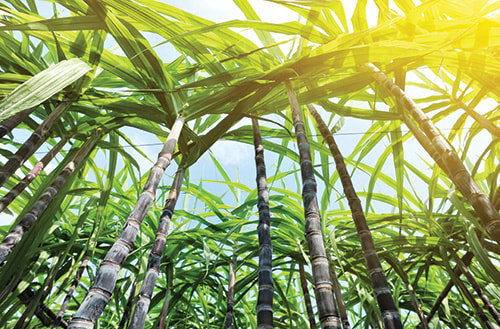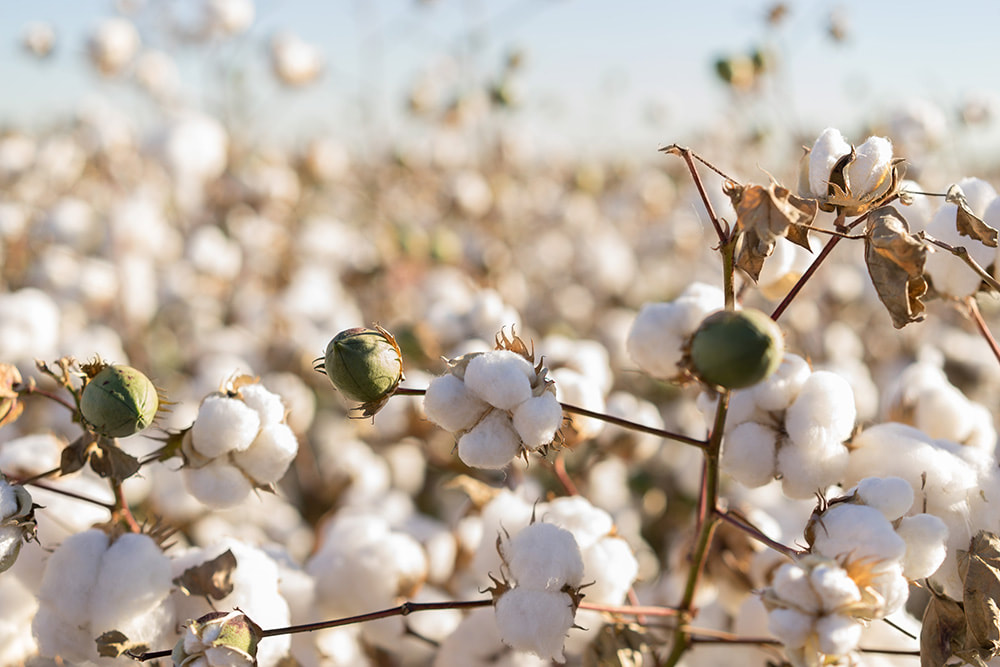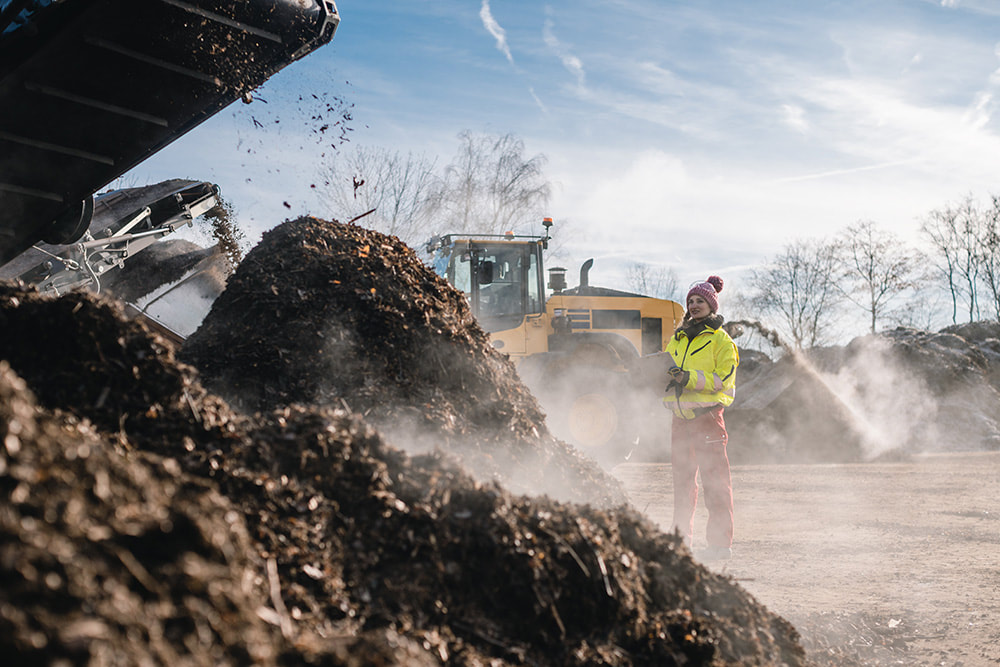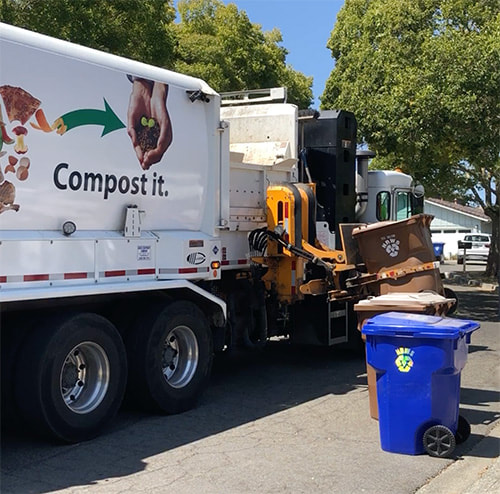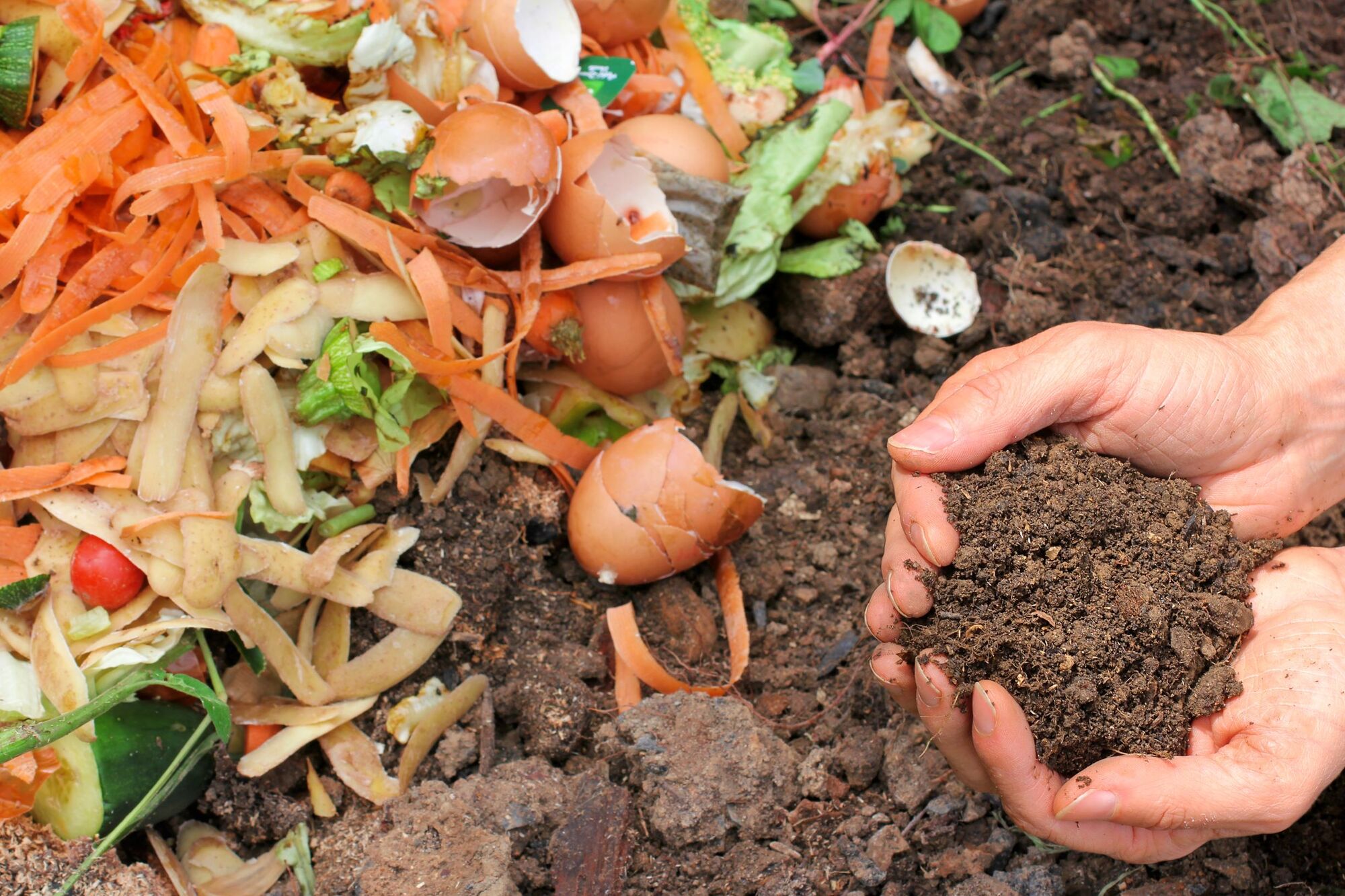Resource Recovery Team / 8 minute read
Commercial composters that accept products made from materials of 100% natural origin contribute to a circular economy. |
Key Takeaways:
|
Should products of 100% natural origin be subject to compostability standards? Should those materials be treated differently from yard trimmings or food scraps? Currently, all commercial compostability standards that get verified by a 3rd party are based on bioplastic products.
Numerous companies, including World Centric, design and produce products from materials found in nature, like bamboo and sugarcane as well as cellulose which is the most abundant, naturally occurring organic compound on Earth.
Numerous companies, including World Centric, design and produce products from materials found in nature, like bamboo and sugarcane as well as cellulose which is the most abundant, naturally occurring organic compound on Earth.
|
Cellulose is the fibrous carbohydrate found in the cell walls of plants
|
Cellulose makes up most of the mass of vegetable matter. For example, wood is 50% cellulose and cotton is 90%. Paper products like napkins and cup sleeves and molded fiber products, like containers, are made of cellulose derived from wood, bamboo or other plants. It begs the question, why are cellulosic products, which have no additives or coatings, being subjected to standards which are meant for bioplastics?
|
Why are cellulosic products, which have no additives or coatings, being subjected to standards which are meant for bioplastics?
There are currently no set standards for full fiber or paper compostables under ASTM International. ASTM, formerly the American Society for Testing and Materials, is the leading certifier on materials, products, systems and services in the United States and beyond. The only ASTM standards that exist are for full bioplastics (D6400) or paper/fiber that has plastic coatings or additives (D6868). In fact, these standards use paper as a control for biodegradation testing and so testing paper is testing the same intrinsic material against itself!
|
ASTM tests for biobased and Total Fluorine can be run on natural products.
|
One way a foodware manufacturer can ensure their products are made from “materials of natural origin” is to submit to testing to prove the product is biobased under ASTM D6866 which distinguishes carbon resulting from contemporary biomass-based inputs from those derived from fossil-based inputs. In addition, FTIR spectrometry testing can identify what the material is made of. Further, a test for Total Fluorine will prove the item has no intentionally added PFAS, as there can be PFAS added to some products for resistance against moisture and grease.
|
Tests like disintegration, biodegradation or ecotoxicity should not be required for materials of natural origin since they all break down naturally in the environment. For example, disintegration tests consider a thickness threshold that would render even a quarter inch thick branch of wood unacceptable by ASTM standards. If yard trimmings are not able to pass these standards then it does not make sense to subject foodware of 100% natural origin to them.
Materials of natural origin will break down in a commercial compost facility just like yard trimmings.
|
It would be an astute move if every green waste collection program would accept and process materials of natural origin just like they accept yard trimmings from the garden. There is no difference except in appearance and function - a branch vs a container. This shift would make a positive contribution to a circular economy. Instead of a make, take and waste model, we would be closing the loop on materials that come from the earth that can go back to the earth as finished compost. Simplifying the process for consumers, processors and manufacturers alike.
|
Please look out for compostable items derived from materials of 100% natural origin and advocate for your community to accept and process these materials along with your food scraps and yard trimmings. Your contribution may seem small but if everyone were to do their part, collectively it would make a HUGE difference. You can check out this map to see if there are local composters that currently accept these materials: Composting Facilities in the United States | Tableau Public.
Author Profile
Written by the Resource Recovery Team at World Centric
